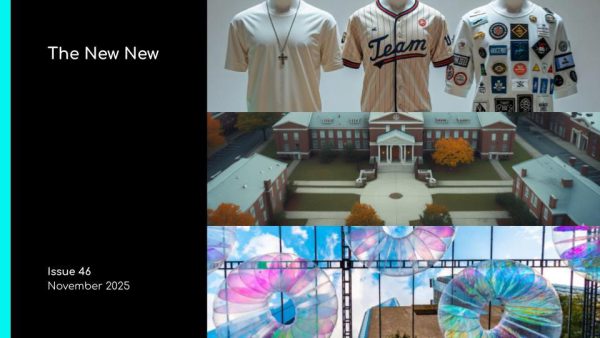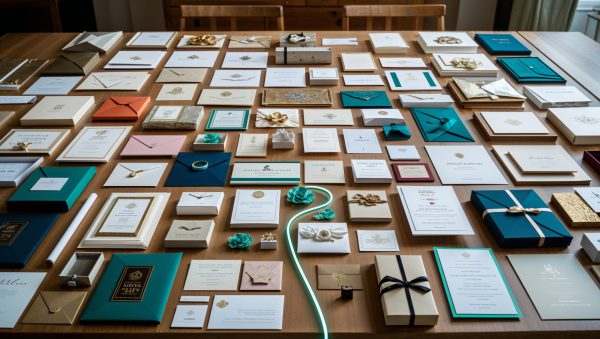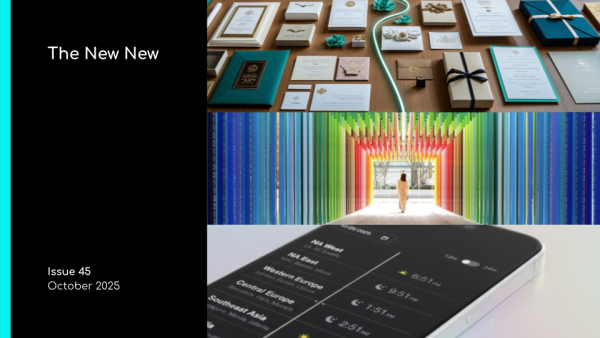Sensory Branding
What does your brand sound like? Smell like? Taste like? Breaking traditional boundaries, brands are now incorporating signature smells, tastes, textures, and sounds.

When Mastercard’s Chief Marketing Officer Raja Rajamannar recently reflected on the current state of branding and marketing, he provided our industry with this gem of a perspective:
“We’re in marketing 5.0, it’s the era of sense and sensibility. The next phase for marketers is bringing the human back into human interactions and understanding the sensibilities of human beings – not just interests and desires, but the finer subtle elements of individuals. Moving your brand and its boundaries is the only way to connect with consumers in a compelling and impactful way.”
That is exactly what Rajamannar and his teams have been doing recently. The momentum started with sound.
Sonic Identities
In February 2014, Harvard Business Review asked: What does your brand sound like? They wrote that “to gain advantage on this leveled playing field, there’s one powerful branding tool that has been generally overlooked – or perhaps undervalued – by most marketers: sound.” This sonic identity may be as important as a visual brand identity, especially as consumers shift habits away from traditional search engines and toward virtual assistants and voice searches.
Driven by new thought leadership, programs such as The International Sound Awards, funky buzzwords like earcons and identitones, the phenomenal rise of ASMR (autonomous sensory meridian response), and the mass adoption of audio assistants, a new sonic branding industry has boomed.
Over the past year, global brands like Mastercard and Visa have debuted their sonic logos, a unique melody that plays when customers interact with the brand in store and online.
New Take on Mixtapes
Beyond just their identity, brands are focusing on how they design sound across their customer experiences.
On the consumer front, Bacardi’s “Sound of Rum” campaign went around the world to capture clinking bottles, shaking ice, and cocktails being poured. The resulting ASMR-inspired soundtrack was mixed by global superstar artist Swizz Beatz.
In early 2019, HSBC worked with composer Jean-Michel Jarre to develop “a bespoke piece of music that will help people instantly recognize the bank.” The result was seven tracks that ranged from the uplifting Orchestral to the pumped-up Stadium to the electronic and soothing Mindfulness, which would be used as hold music to calm frustrated customers.
Not to be left behind, Mastercard is working with artists from around the world to launch its first album in March 2020.
The Next Branding Frontiers
While sound has the momentum, brands are focused on our other senses as well. Scent branding is receiving recent buzz and experimentation. Companies including cruise lines, grocery stores, and even gas stations use scent to encourage customers to buy more, and the Hyatt Place hotel chain employs a signature scent as part of their brand standards that is designed to enhance brand perceptions.
But why stop at scent? In September 2019, Mastercard continued to capture the marketing world’s attention when it released its new “brand taste,” custard apple and Japanese yuzu.
Across all of these examples, the businesses have placed heavy emphasis on the brilliance of branding metaphors. Mastercard’s yellow macaron is meant to signify optimism, and the red macaron represents passion – analogies for the company’s efforts to make the world a better place and for its commitment to help people get closer to what they love.
For us, as event professionals and experiential marketers, we’re excited about these relatively unexplored avenues for branding. And we’re looking forward to seeing how using sensory branding to create an experience will extend into the event industry and beyond.






